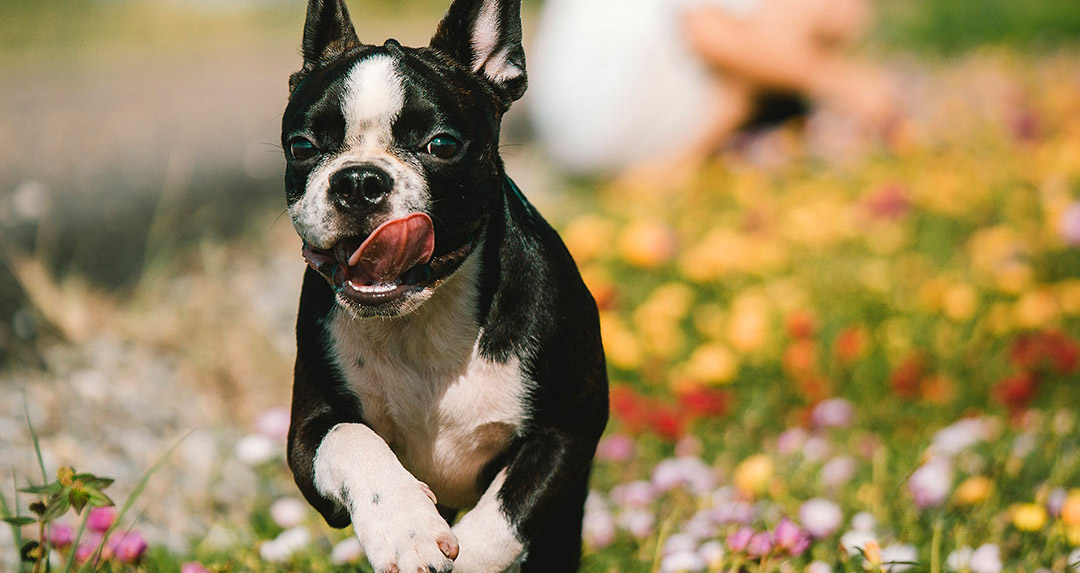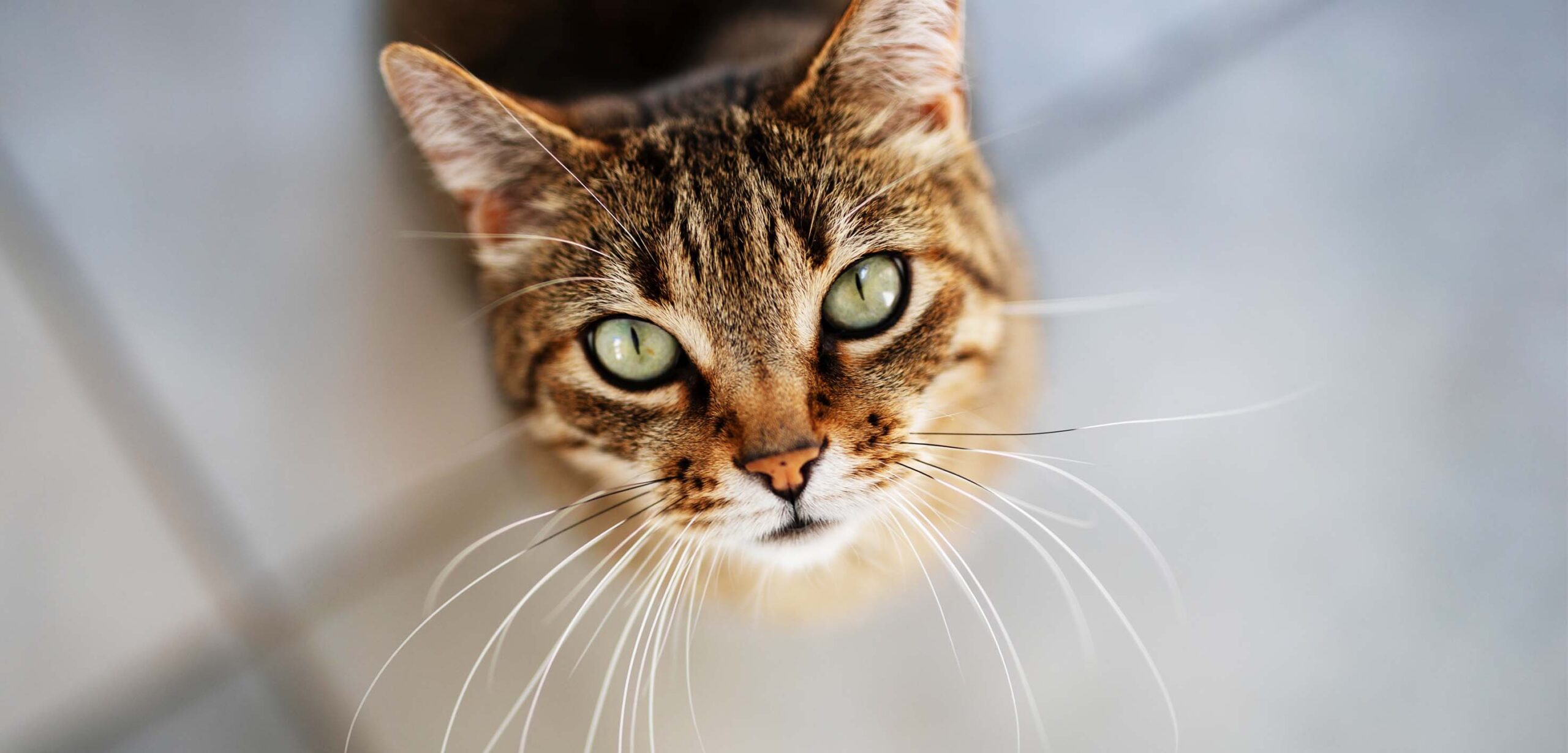Fatty acids– they are essential, in other words, mandatory in your pet’s diet, but one specific type of essential fatty acid is, more often than not, missing from the bowl.
GLA from Omega-6 fatty acids– they’re overlooked, undervalued but they play just as crucial a role in your four-legger’s health as their well-known counterpart, Omega-3 fatty acids.
Let’s get into why this type of Omega 6 should be on every pet parent’s radar.
On The Agenda
What Is GLA?
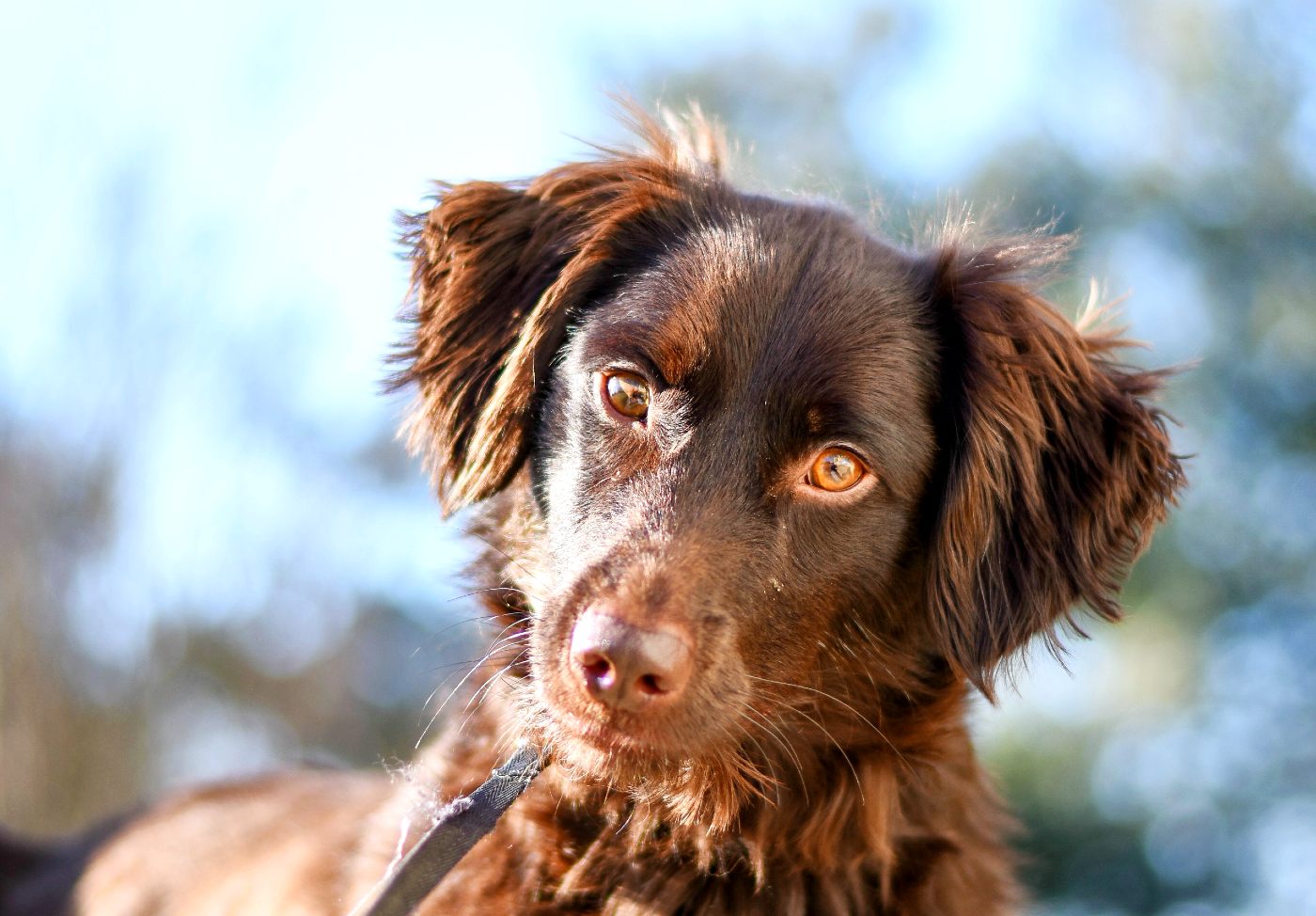
GLA is a type of omega 6. And omega 6s are a type of fat.
Despite getting a bad rap– thanks, 80’s trends– fats are actually crucial for the body. They supply and store energy and play key roles in vitamin absorption, hormone levels, and inflammation.
True, there are bad fats (think saturated fats like lard). But omega 6s are good fats — spectacular fats, if we may be so bold to say.
Omega 6s are a type of polyunsaturated fatty acid. The other type of polyunsaturated fatty acid is omega 3 (which is also a spectacular fat), otherwise known as PUFAs.
Now let’s break it down even further. There are four types of omega 6:
- LA (Linoleic acid)
- AA (Arachidonic acid)
- DGLA (Dihomo-gamma-linolenic acid)
- GLA (Gamma linolenic acid)
Of these types, pets usually get plenty of LA (or even too much) because its sources are cheapest and readily available — which is why LA is often overused in kibble.
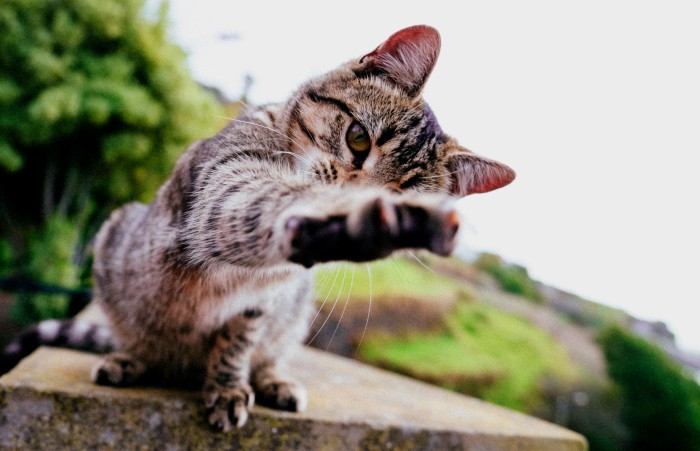
On the other hand, pets usually don’t get enough GLA. And because of the most common GLA sources, you can’t assume your pet is getting it from their food. Most likely, they aren’t. GLA or the lack of it can impact your pet’s health in significant ways.
How Does It Work?

Omega 6s as a whole are crucial for normal growth and development — including skin and hair growth, bone health, and metabolism (we told you: spectacular).
And in truth, GLA is responsible for a few of the benefits omega-6 fatty acids get credit for as a whole:
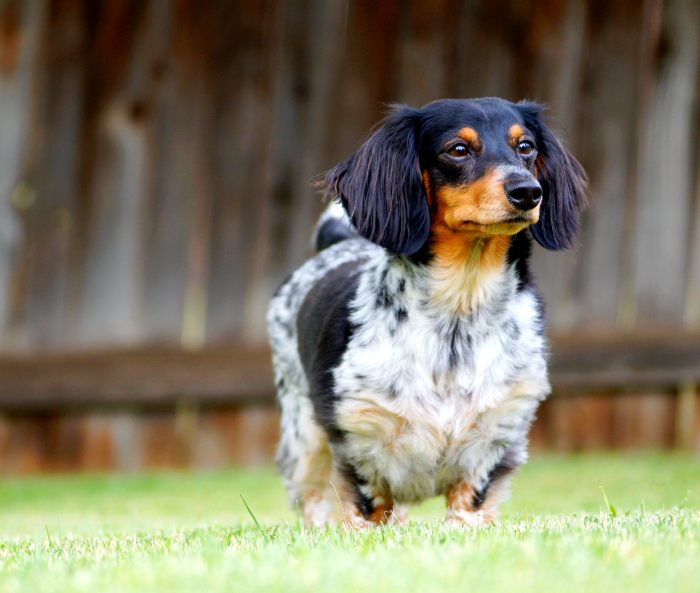
A key component in building the integrity of skin
GLA is vital for supporting the skin’s barrier function– this is how the skin protects itself from dehydration and stress. This can be a game-changer, particularly for itchy dogs with dry skin. They even play a crucial role for allergic pets and their allergy regimen.
An anti-inflammatory
It’s the only omega-6 fatty acid with such properties, in fact. Anti-inflammatories support the entire body — from the heart to the immune system’s function.
A complement to EPA & DHA
Research suggests that GLA can actually support the metabolism of EPA & DHA and vice versa. In people speak, each helps the other work better when consumed together.
PRO TIP: Like omega 6, there are several types of omega 3: EPA and DHA (from meat and marine sources) and ALA (from plant sources like flax).

While Omega 3 ALA is fine as a fat source, it isn’t as readily available to your dog because the form has to be converted. Dogs can only convert 5-15% to the active EPA and DHA (and cats not at all)– meaning your dog would only get some of the benefits from these Omega 3s. (And none for kitties, sadly.)
Your pet benefits most from EPA and DHA because these forms are active and ready to use, so as you look for an omega 3 and 6 for your pet, that has to be on your radar.
Where Does GLA Come From?
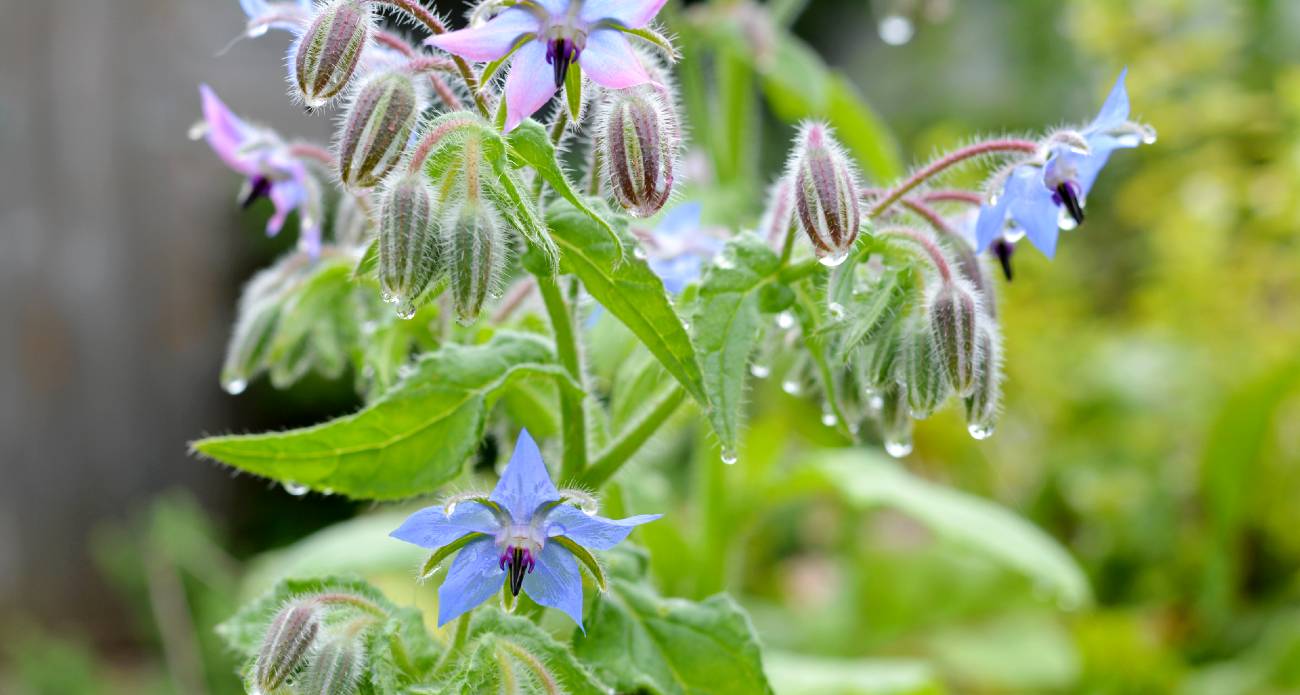
There are a handful of herbs and one superfood that round out the best natural sources of GLA. They include evening primrose, blackcurrant, hemp, spirulina, ahiflower, and borage.
Evening Primrose Oil
One popular plant known as the “King’s Cure-All”– it’s native to North & South America and grows throughout Europe and Asia. Its yellow flowers bloom at sunset but are closed during the day. Neat as that is– seriously. We’re here to talk about the oil extracted from evening primrose seeds because they’re rich in GLA– about 7-14%.
Blackcurrant Seed Oil
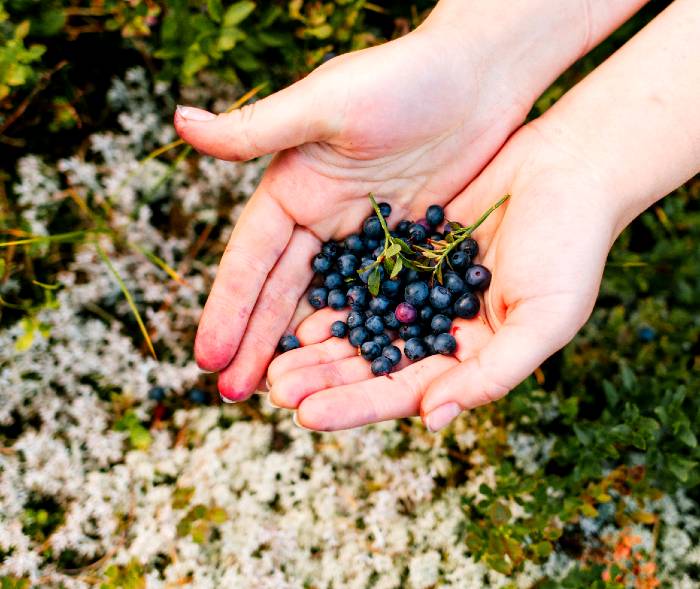
This formidable fruit was actually banned in the US for a time because farmers thought the berries helped spread a fungus that killed pine trees. The whole blackcurrant plant– from the seeds to the leaves and berries boast benefits, including a long list of vitamins, antioxidants, and one GLA- 15-20%, in fact.
Hemp Seed Oil
Hemp is a distinct strain of the Cannabis sativa plant. With uses dating back as far as 12,000 years, cannabis plants are among humanity’s oldest cultivated crops. Hemp seed oil is made by cold-pressing the ripened seeds, which boast high levels of vitamins A, C, E, protein, fiber, and minerals. It also offers those essential fatty acids, including about 2-4% GLA.
Spirulina
Considered to be a superfood, this blue-green algae is a nutrient powerhouse believed to be one of the oldest life forms on earth. It grows in both fresh and saltwater and was first used by the Aztecs as an endurance booster thanks to the number of nutrients it provides, including B vitamins, vitamin E, beta carotene, and, you guessed it– GLA, about 4-7%.
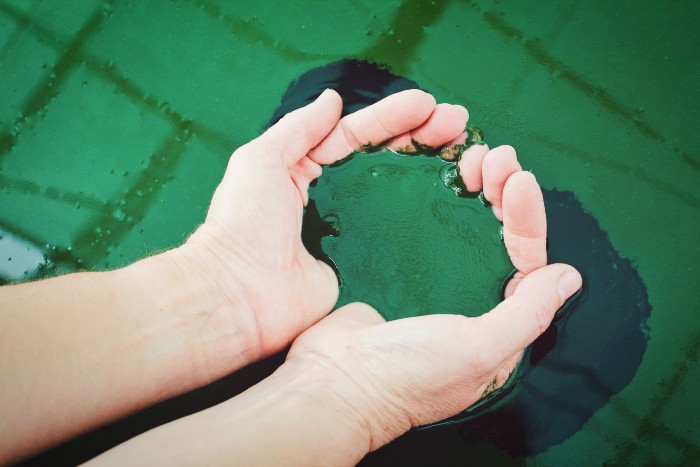
Ahiflower
Native to Europe and Asia, this little flowering plant is known as corn gromwell, or field gromwell, also thrived when introduced to North America and Australia. It’s one of the few plants, along with hemp, blackcurrant, and spirulina, that offer SDA- a precursor to EPA & DHA. It’s a relatively new and exciting source being explored for its omega-3 potential in the human health and pet industry alike. It also offers GLA- roughly 5%.
Borage oil
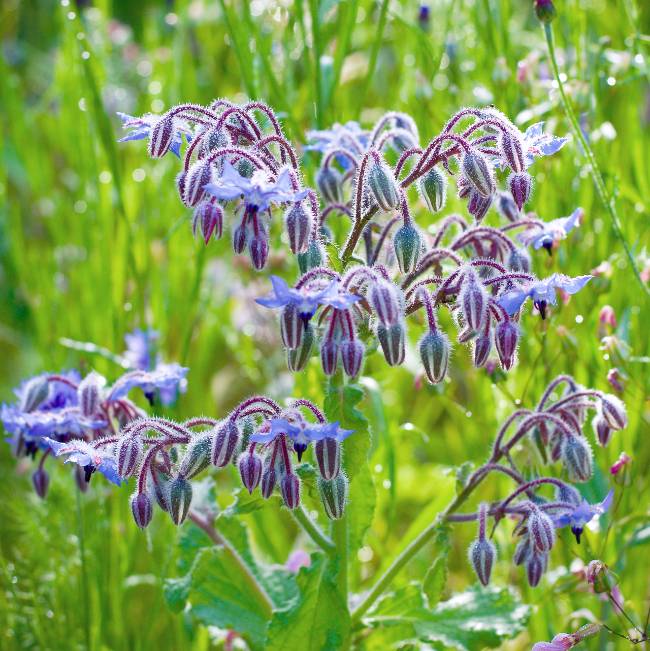
Bee bush, star flower– this easy and fast-growing herb has the flavor and scent of cucumbers. You can’t make this stuff up. While it’s native to the Mediterranean, it’s become naturalized everywhere, used in gardens since it’s known to attract pollinating bees and for its medicinal properties.
Though the leaves and flowers are edible, borage oil is extracted from the seeds that boast high GLA amounts – 20-27%.
It’s important to note that the borage plant also contains pyrrolizidine alkaloids (PAs) or toxins. That’s why any oil you use should be organic and certified as pyrrolizidine alkaloid-free.
Who Should Use GLA?

Every. Single. Pet.
Seriously. The fluffy ones. The frisbee fanatics. The bird watchers. The lap warmers. The curtain acrobats.
All pets benefit when essential omega 6 (GLA) and omega 3 (EPA & DHA) fatty acids are added to the bowl. And since GLA is anti-inflammatory, it doesn’t necessarily play by the same rules as other omega-6 fatty acids when it comes to the omega 3-6 ratio for dogs either.
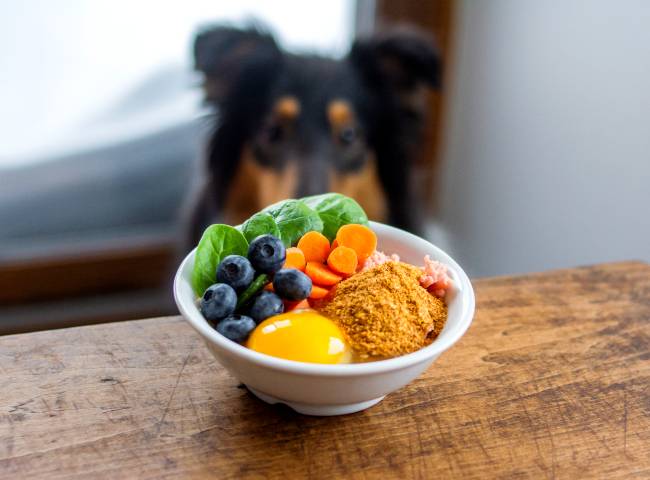
Your pet needs both groups of PUFAs (poly-unsaturated fatty acids), but they also need the right ratio. It’s all about balance.
The ideal ratio is 1:1, but up to 5:1 (omega 6:omega 3) is appropriate. Any higher than that, the diet becomes pro-inflammatory. In other words, too many inflammatory omega 6s in the bowl and not enough anti-inflammatory omega 3s (& GLA!) can cause problems for your pet — like chronic inflammation that can later lead to serious health issues, including diabetes GI problems, and cancer.
Unfortunately, chronic inflammation is relatively common because many pets are fed kibble with Omega 6:3 ratios of 20:1.
BUT, if you feed real, whole foods in species-appropriate portions (not dry dog food like kibble) with the right types of fatty acids to the bowl, including GLA, EPA & DHA, you can balance the Omega 3:6 ratio.
When Should My Pet Use It?
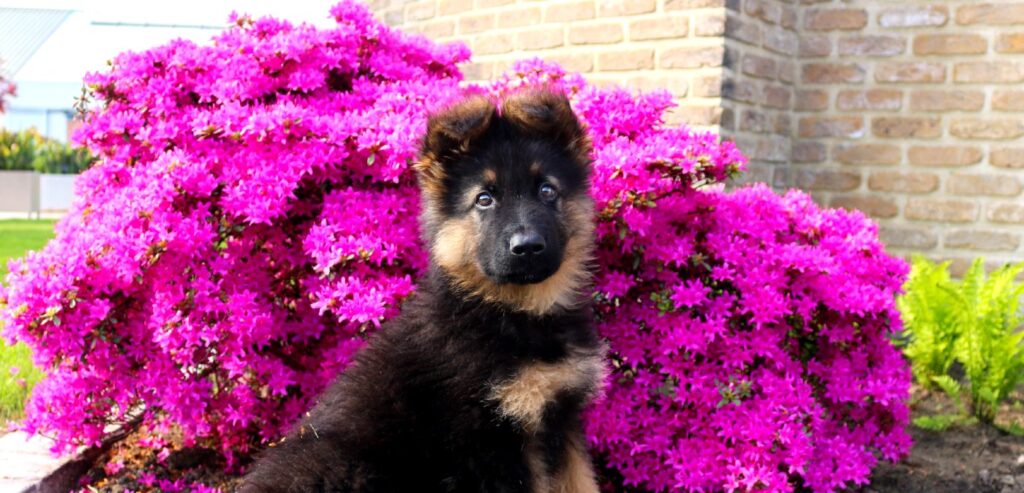
Right now. And the day after that. The day after that, too– you get it…
Every single pet needs essential fatty acids like omega 6 and omega 3 in every phase of life. So you should be adding both to your pet’s daily routine — no matter if your pet is a wide-eyed puppy, a wise senior, or somewhere in between.
While GLA clearly has a lot to offer every pet on its own, it’s also apparent that this essential Omega-6 fatty acid is at its best with Omega 3s EPA & DHA. It’s not just that they both work better together, but, as another essential fatty acid– one that has quite a bit of buzz about its benefits already– Omega 3s benefit your pet’s entire body from tail to tip. The heart, brain, skin, immune system– Omega 3s EPA & DHA play a crucial role in the health & function of all of these. (You can read more about that here.)
How Dr. B Uses GLA
For every dog and cat
A lackluster coat, flaking– these could mean they’re missing out on essential nutrients like those fatty acids.
Dr. Bessent combines Omega 6 (GLA) with Omega 3 (EPA & DHA) fatty acids and other skin-supporting nutrients like polygonum to help your pet build a foundation for healthy skin and coat long-term.
Omegas work to hydrate the skin and help your pet produce its own oils to nourish the skin and coat further.
Plus, as the only Omega 6 with anti-inflammatory properties, GLA works in tandem with Omega 3 EPA to support strong immune system function for your pet’s health as a whole.
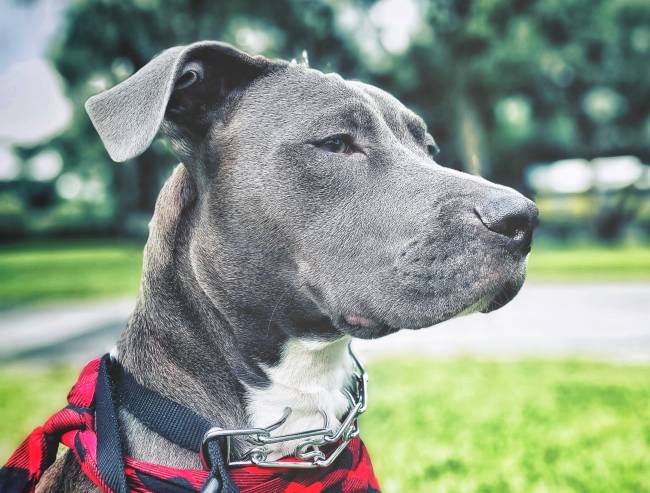
For the allergy sufferer
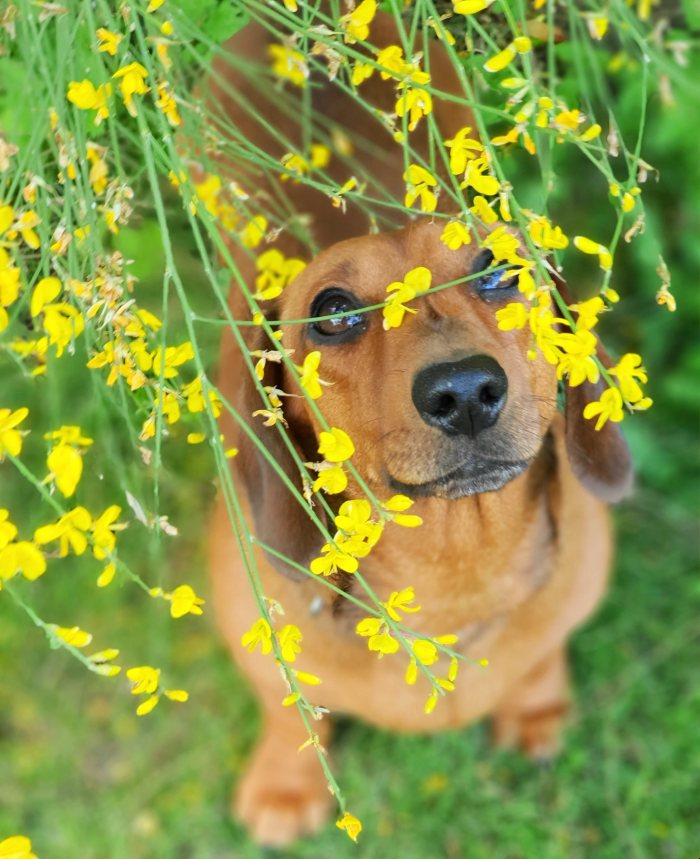
Dr. Bessent combines essential nutrients like Omega 6 (GLA) alongside Omega 3 (EPA & DHA) and skin-supporting herbs to soothe, repair, and build skin & coat integrity for the allergy dog.
Think of this as your foundation. Whether your pet suffers from seasonal or year-round allergies, you should be adding these nutraceuticals to the bowl every day.
To get to the root of an allergy dog’s issue, you’ll use these nutraceuticals in combination with yin-tonifying, cooling, and calming herbs because the goal is to support the immune system so it can right itself. More on allergies here.
We continue to learn about the many roles fatty acids have in the body, but their influence on health is obvious. So, as you search for the right types of omega 6 and omega 3 for your pet, GLA should be on your list. You know, because it’s spectacular.
Share this Post
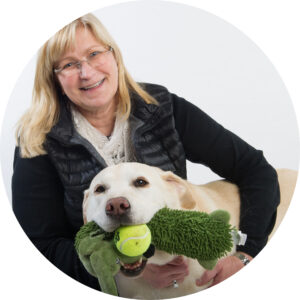
Dr. Chris Besent
Chris Bessent, DVM, MSOM, Dipl. OM, L.Ac. has over thirty years of experience in veterinary medicine including certificates in veterinary acupuncture, veterinary chiropractic and veterinary Chinese herbology. Imbued with Eastern philosophy and the knowledge that food is the foundation of health, Dr. Bessent also received her degree in veterinary nutrition and began to formulate recipes fit for a carnivore from nothing but whole foods. Currently, she divides her time between the Simple Food Project and Herbsmith, both of which are owned and operated out of her facilities in southeastern Wisconsin.

Hayley - Content Contributor
Hayley is a freelance writer based in Northern California. (Writing for the Herbsmith is her favorite, but don't spread it around.) She enjoys riding horses, taking road trips, and eating grilled cheese sandwiches. Her foster dogs have mixed feelings about the spinach she keeps trying to sneak into their bowls.

Kayla - Editor
Kayla is the Content Editor for Herbsmith. She has a cat named Professor Cat-Faced Meowmers, who goes by Kitty, and a goof of a dog, named Duck. She stays busy biking trails, playing board games, and searching for the next best craft beer.

